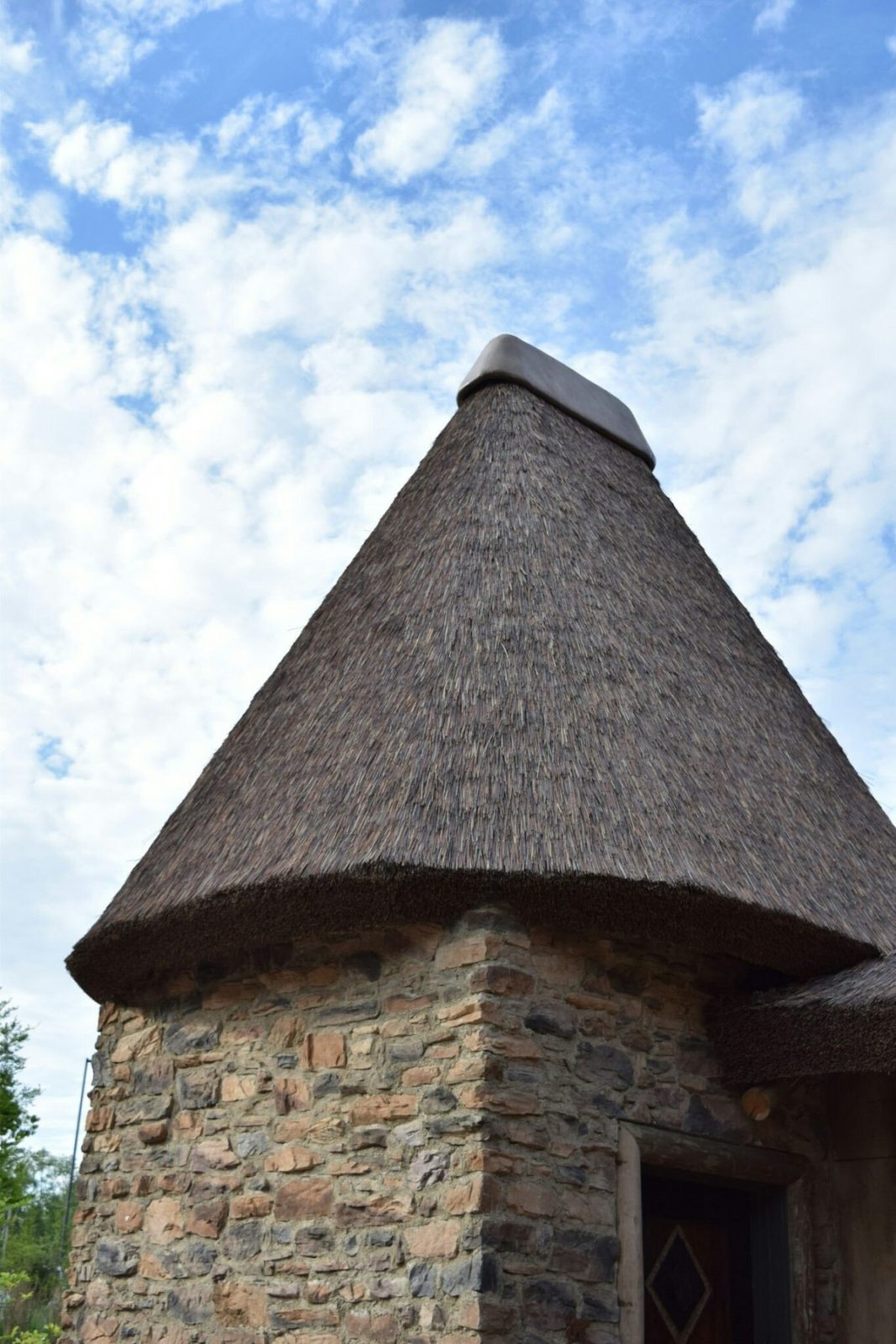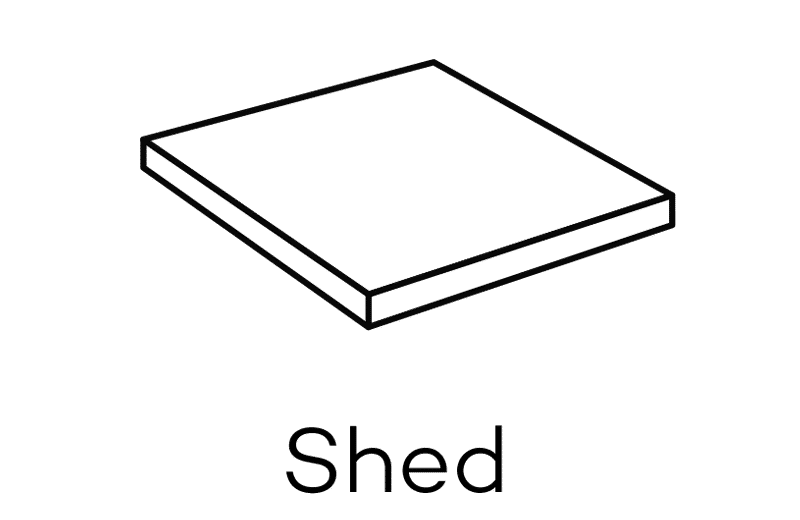
INSTALLATION TIPS: WHAT EAVE TYPE WORKS WITH A KILIMANJARO ROOF?
eave installationKilimanjaro synthetic thatch works well with an eave wadd. Part of our Regions’ Series, it boasts a heavier reed texture. Kilimanjaro is made with a stunning color blend. This product has the look and feel of traditional weathered, African cape reed. This type of grass can be found on traditional thatched roofs in Tanzania. It replicates a typical thatched roof from this beautiful region.
You can install it on the following roof types: Valley, Shed, Hip, Gable, Cone, or Compound curve.






You may install Kilimanjaro synthetic thatch on any sloped roof that has a 2/12 (2:12) or greater roof pitch. So, for every 12 horizontal feet, the roof must drop at least two feet. Now, this common ratio requirement represents a majority of roofs. Still, if your roof is below this ratio, you will need a different type of roofing product. Realistically, 2/12 is a low-pitched roof. Essentially, this synthetic thatch works well on most roofs.
KILIMANJARO ROOF EAVE TYPES AND INSTALLATION
Contractors prefer using SOPREMA waterproofing membrane. See, it has worked very well on similar, past roofing projects. Also, don’t forget to use flashing on the overhang at the edge of the roof. Seriously, it will create a nice drip edge.
An eave wadd makes this product look authentic. Kilimanjaro is made to look like heavy cape reed, and authenticity is attainable using an eave wadd. So, pay attention to the installation instructions for the best outcome.
Be sure to bend the single to conform to the hip for the most authentic look.
INTERESTED IN A KILIMANJARO ROOF?
Contact Endureed today!